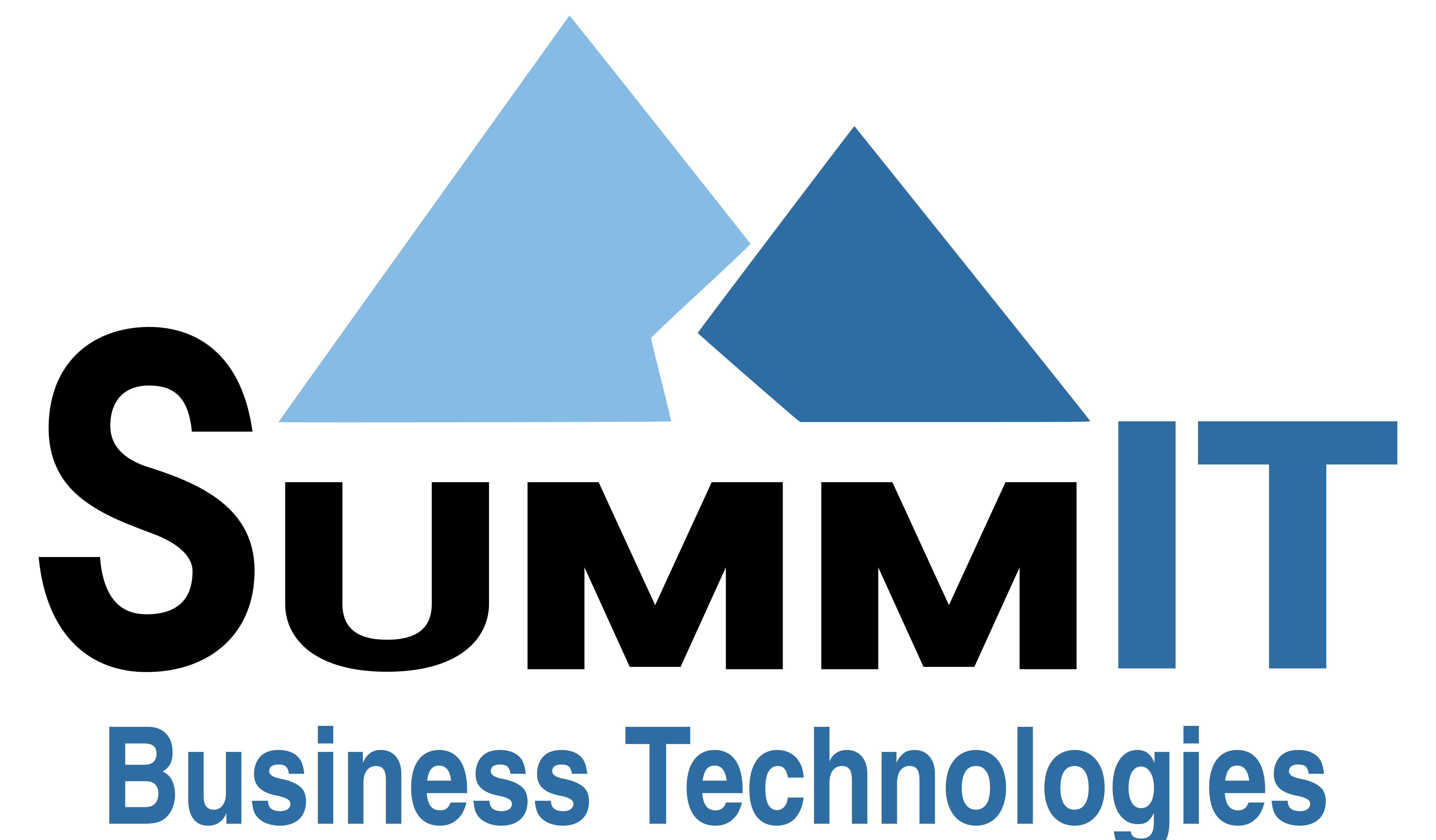We are asked about the pros and cons of outsourcing an organization’s IT and technology needs often. Of course there are variations to every business or nonprofit, but here are some of the pluses and minus:
In-house IT Staff
Pros:
- Ability to closely monitor performance. Staff is always “down the hallway.”
- In-house IT support team will be available to solve problems quickly and efficiently.
- Predictable employee overhead – the firm knows exactly what the yearly salary and benefit package will be.
- Current staff has institutional knowledge of the firm and its needs.
Drawbacks:
- IT support staff maintains a reactive model of support rather than proactive.
- IT support staff not always up to date on the latest systems and solutions. They may be busy trying to make existing solutions work without the time to obtain additional knowledge on newer, and sometimes better, solutions.
- Absences – whether vacation or sickness, nobody can cover for them and can still handle all their normal tasks.
- Although other companies may not be competing for IT resources, multiple departments may.
Outsourced IT Staff
Pros:
- On the whole, outsourcing tends to be less expensive than hiring a full-time IT professional in-house. Many costs, such as employee acquisition, salary, benefits and overhead, are spread over several clients via the Managed Service Provider model. Additionally, your business doesn’t have to worry about costs, and time away from the office, associated with additional training or certifying IT staff.
- Most professional IT tech support firms offer their customers 24/7 access to tech support specialists, either by phone or through remote computer access. This means that you’ll have someone to walk you through resetting your email password — even at 2 a.m. What’s more, if your main contact is unavailable for any reason, there will be a substitute that you can count on.
- Having a team of IT professionals who know and understand your company, culture and network permits them to be an extension of your current staff rather than a separate entity. Plus, when one engineer at the outsourced company goes on vacation, gets sick or is out for any reason, you will still have a team of engineers, who are up to speed on your needs, to care for your issues.
- Chances are that an in-house IT team will make a few security mistakes that could put your company’s sensitive information at risk. Security breaches often come from unscrupulous hackers using a mix of social engineering and other black hat techniques to steal confidential data. Fortunately, some Managed Service Providers, having studied and dealt with a lot of attacks from these hackers, are more familiar with their techniques, and therefore have faster and more efficient ways to deal with the security issues of your company.
Cons:
- Because outsourced IT specialists are there only when scheduled or when you need them to fix a problem, you’ll spend time bringing them up to speed when issues do arise or when you want them to provide advice on future technology initiatives. However, there is a solution: Get an outsourced firm involved in your IT needs on an ongoing basis via “managed services.” In this manner, the selected firm can help with routine tech support issues and will be more acclimated to your needs and requirements when it comes time to upgrade the network.
- In-house employees are inclined to have more years of service at a company than employees of a contractor and may know the business and its expectations better. This is a common issue for clients, as outsourced staff do not, as a rule, possess as much allegiance to the company. As such, the intellectual knowledge they possess in regards to a site’s maintenance function, equipment and business model is more readily lost if/when they leave, as their loyalty is more tenuous. Again, there is a solution: Be sure that the selected IT company becomes a partner in your business and, quite frankly, talks about you amongst themselves. By ensuring that your selected company takes a team-based approach to client care, you’ll mitigate the risks associated with only having one specialist available.
Conclusion
The ideal solution would accomplish 3 objectives:
- The “Pros” of employing an in-house staff must be included.
- The drawbacks that have been identified in both instances must be resolved.
- The costs associated with outsourced IT would have to be lower than maintaining in-house IT.






